I was born in Greece but learned my craft as a director in London. I was working in my homeland when, out of the blue, Glasgow Films and CTVC invited me to direct a series for STV on the work of volunteer medical teams working on the medical boats in Amazonia, one of the most remote and hostile parts of the planet.
It was the epic nature of the content, the adventure story and its remarkable visual potential that led STV to commission the series which could be described as a cross between Casualty and The African Queen. Making it became a cinematographic challenge, a most extraordinary adventure and a life-changing experience.
Filming the series involved several difficult trips to some of the most remote areas of Amazonia over an 18-month period, but our final journey over the Andes turned out to be the most hair-raising of all. It was a Fitzcarraldo-style mission: to film the transportation of a small ex-Royal Navy supply vessel, the Andean Hope, over the mountains to the jungle city of Iquitos. There it would be used as a river ambulance manned by a volunteer crew hailing mainly from Scotland.
The route involved travelling along the highest road in the world at more than 5,000 metres, in constantly changing weather, including snow, hail, heavy rain and full-on sunshine. The altitude alone gave us the added problem of increased blood pressure and breathing difficulties.
Having the majestic Andes and its mist-shrouded forests as our backdrop was a bonus, like being parachuted into an epic film set. The crew was small, comprising myself and two Peruvian cameramen, Juan and Pier. The potential for “lost in translation” incidents was substantial to say the least. The journey from Lima was scheduled to last four days. Instead, it took us 10.
The drivers of the transporter lorry carrying the boat disappeared before we even got started. This was due to a threatened armed blockade by coca farmers - the people who cultivate the coca leaf from which cocaine is produced. The president of Peru had banned illegal production and had threatened to destroy their crops. The coca farmers, pressurised by drug traffickers and supported by terrorist group the Shining Path, blockaded the only road from the Andes to the Amazon and threatened to torch every vehicle that tried to pass.
We decided that the worst thing would be to find ourselves caught in the crossfire. There were countless calls across the Atlantic at crazy hours to sleep-deprived people at Glasgow Films, but as the producer/director on location, I had to make instant decisions. There was a tiny chance that we might beat the blockade so having found new drivers I made up my mind to go for it. Because we had such a small crew, the financial impact of a short delay would not be too devastating. Over the shoot I'd built a strong rapport with my Peruvian cameraman and I was confident he would ensure that any risk to life and limb would be minimised.
Half way into our journey there was a massive overnight landslide.The Andes are prone to landslides and filming at a location where we could have been swept down the mountain at any time was dramatic - but also unnerving. It gave us some wonderful footage.
Finally, we entered the coca farmers' domain: a mysterious territory in the jungle where strangers are forbidden. Our challenge was how to become invisible while driving a huge transporter truck with a boat on top of it. I don't know how we got away with it, but that boat “sailing” through the jungle was perceived as a “miracolo” with all the locals bowing and letting us pass with their blessings!
In a village adjacent to where we were staying, the Shining Path carried out its first attack in four years. A police station was destroyed, a policeman killed and 17 others injured.
Any obvious filming of the coca plantations could have got us killed. This is where the expertise of a hired local crew who were able to quickly assess risk paid off, and we managed to get some dramatic shots of the fighting.
Six days late, we made it to the Amazon. There we were able to film the Andean Hope serving isolated jungle communities by taking medical personnel further up the river. It would also transport sick people from remote communities to the medical ships, helping to preserve a way of life threatened by our modern world.
Amazon Heartbeat is a Glasgow Films/CTVC production for STV. It airs on Tuesday 6 May at 11.05pm
Irini Vachlioti: My tricks of the trade
Always have a local crew member with you at all times - a “fixer”, camera-man or guide who knows his or her way around the block.
Don't open the boot of your car to the police in South America. Often they will check your valuables and communicate with thieves further down the line.
Always carry toilet paper with you and opt for nature rather than local toilets.
Always carry an “emergency” snack - unless you prefer eating worms on a stick, baked turtles or alligator legs.







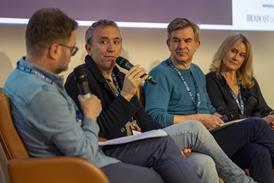
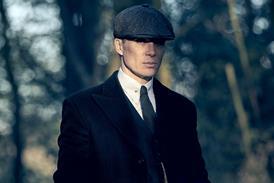



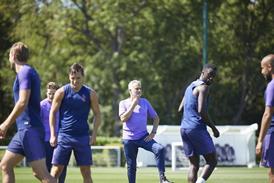

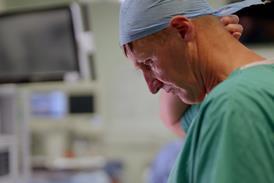

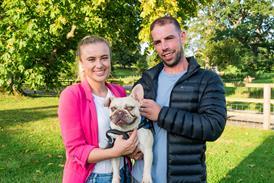












No comments yet